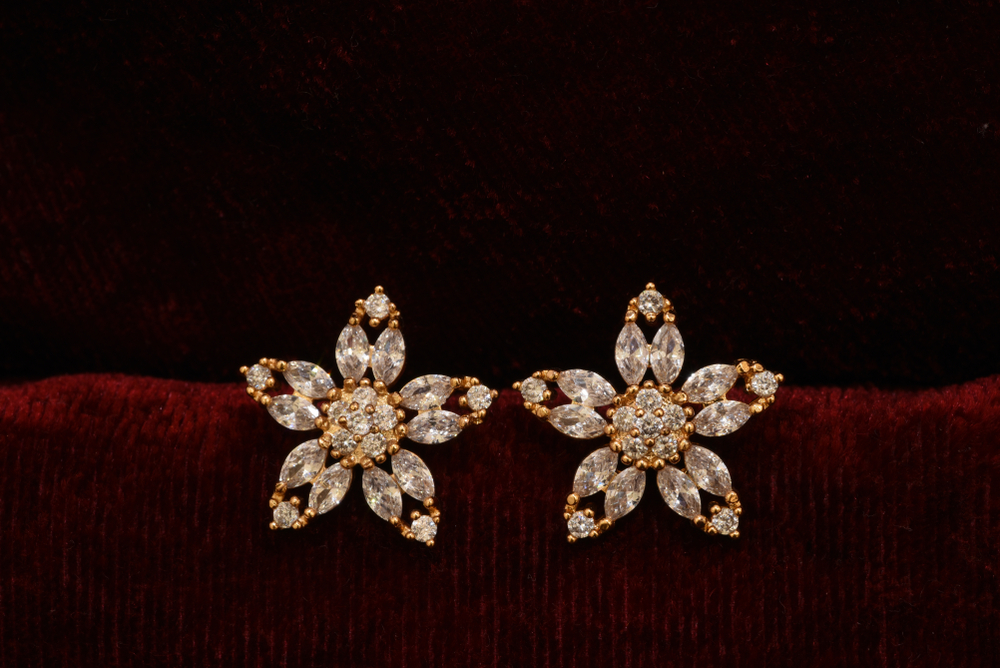
A diamond is basically a chunk of coal that has been shaped and polished under extreme pressure. While these gleaming stones are wonderful to look at, the circumstances under which real diamonds are transported from the mine to the finger are far from ideal. The ubiquity of lab-grown diamonds is welcome news for eco-conscious shoppers who like a taste of the high life. In fact, established jewelers are finding it difficult to keep up with their growing popularity.
What Exactly Are Lab-Grown Diamonds?
In the past few years, technology has advanced at a breakneck pace. So much so that lab-grown diamonds have exploded in popularity in the jewelry industry. These gems aren’t dug from caves, discovered on the surface, or sifted through the soil; they’re created in a laboratory using chemicals. The appearance of lab-grown diamonds is identical to that of natural diamonds, although they are generated in months rather than years. It can take up to 3.3 billion years for a true diamond to develop. It’s understandable why large jewelry companies are unable to compete.
They Are Eco-Friendly
When they begin to buy things of their own, ethically concerned millennials are unlikely to purchase diamonds. Consumers now have the ability to select who they support depending on whether or not the company’s ethics and values coincide with their own. Diamond mining, the reality is, is replete with human rights abuses.
The diamond business has resulted in deforestation, soil degradation, and contaminated rivers as a result of bad planning and regulation. Local residents have been compelled to relocate in search of safe drinking water free of malaria and mosquitoes. Not only are lab diamonds environmentally friendly, but they’re also inexpensive to produce. A one-carat diamond ring costs $8,000, whereas a synthetic diamond ring costs $800 per carat.
Lab-Grown Diamonds As A Sign Of Luxury

Because it is difficult to discern the difference between real and phony stones, many Americans will identify a lab-grown diamond as a luxury symbol. Big jewelry firms which created the phrase “a diamond is eternal,” face a major dilemma as a result of this. This puts a sour taste in the mouths of environmentally conscientious shoppers.
Final Thoughts
The lab-grown diamonds have changed the jewelry industry forever. Diamond miners have been forced to alter their methods overseas to remain competitive since younger generations are preferring ethically sourced diamonds for their engagement rings. It’s all good news at this point.
